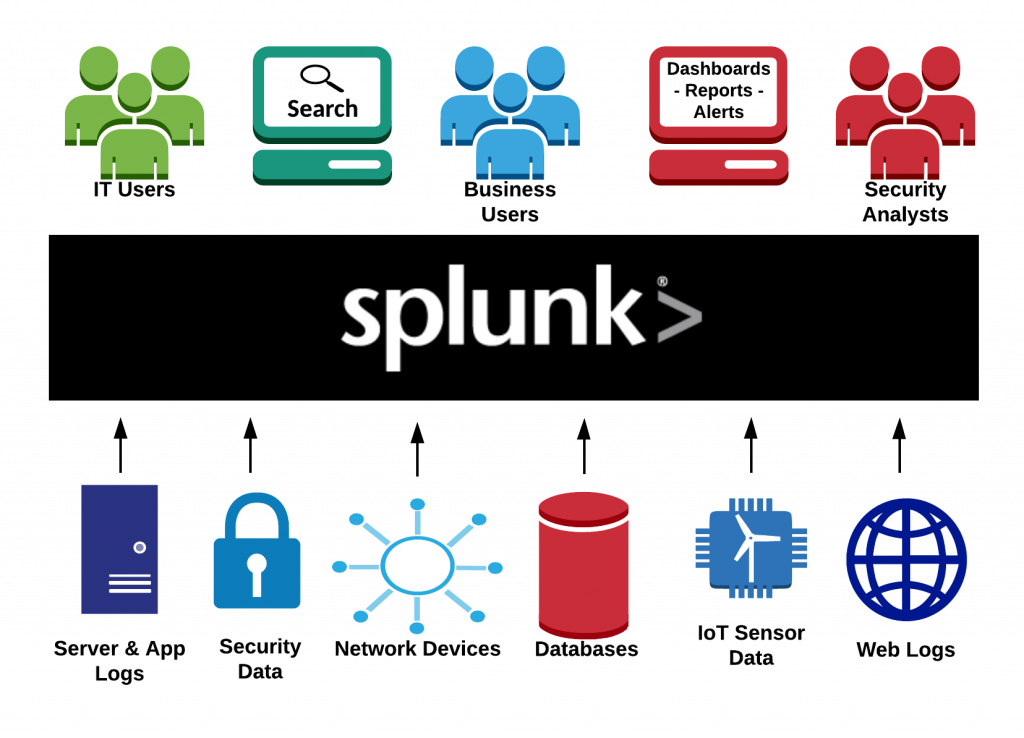Okay—so what is Splunk, anyway? How do you explain this product to your peers, friends, and family in a way that is easy to comprehend without watering down its awesome capabilities? Here's how I explain it, with an introductory setting and then increasing levels of powerful uses—until I notice their eyes starting to glaze over, at which point I stop and summarize again: "It's like Google for all kinds of machine data!"
Every company will have tens, hundreds, or maybe thousands of application and web servers, databases, and network devices such as switches, routers, and firewalls; all kinds of sensors, and so on—and all of these create log files or data streams that record their activities and statuses over time. Now, imagine needing to troubleshoot a problem that might be caused by any one of several parts of a system, and having to log into each of these machines one at a time, manually dig through its log file looking for clues, then log into the next, and so on—you can see how tedious and time-consuming this can become. Or maybe you want to monitor critical processes to make sure things are running well—how do you do that for a lot of machines?
Splunk is a software platform that collects and stores all this machine data in one place. It makes it as easy to search through and investigate that data as using Google. Basically, it's Google for log files! Beyond troubleshooting, you can use this search capability to build reports and dashboards to monitor performance, reliability, or other metrics across a whole collection of related servers and devices, and even create alerts to warn you by text or email when something is going wrong. It's also used to detect security threats, and since you have all this data in one place, you can do event correlation across devices and apply machine learning to it for the purposes of anomaly detection, user behavior analytics, and even predictive analytics to identify potential problems before they happen.
Splunk has a media kit brochure that covers the spectrum of ways Splunk helps companies extract value from their machine data, which can be found at: https://www.splunk.com/en_us/newsroom/media-kit.html.
The following diagram illustrates the spectrum of data you can collect with Splunk, and captures the essence of what Splunk does:





































































